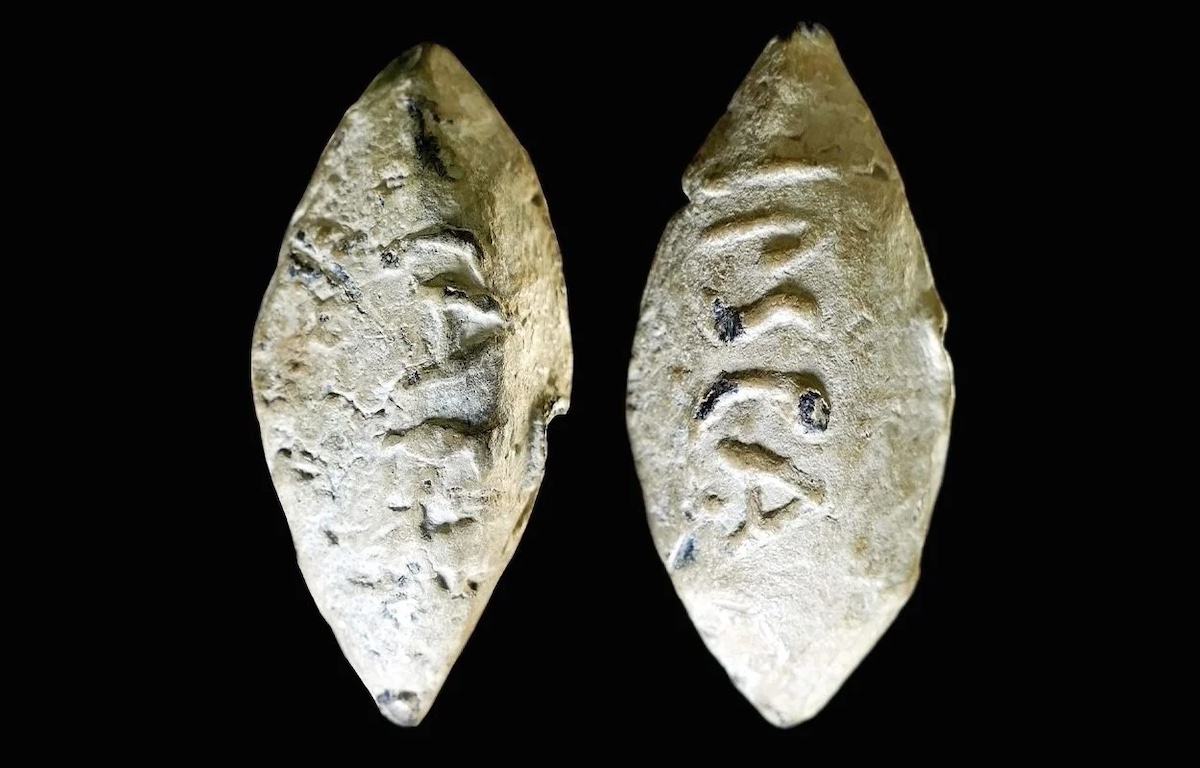Julius Caesar, the legendary general and statesman of ancient Rome, left an indelible mark on history through his military conquests, political reforms, and enduring legacy. While much is known about Caesar from historical accounts and literary sources, the discovery of artifacts associated with his life offers a tangible connection to the man behind the legend. Let's embark on a journey through time to explore some of the most fascinating artifacts associated with Julius Caesar and their significance in understanding his life and legacy.
1. Caesar's Gallic War Commentaries
Among the most renowned artifacts associated with Julius Caesar are his Commentarii de Bello Gallico (Commentaries on the Gallic War). These firsthand accounts of Caesar's military campaigns in Gaul provide invaluable insights into his strategic genius, leadership style, and the political landscape of the late Roman Republic. Manuscripts of the Commentaries, along with fragments of original papyrus scrolls, offer a glimpse into Caesar's own words and thoughts, immortalizing his achievements for posterity.
2. Julius Caesar Busts and Statues
Throughout the Roman world, numerous busts and statues of Julius Caesar have been unearthed, offering depictions of the renowned general and statesman. These artistic renderings, crafted in marble, bronze, and other materials, provide visual representations of Caesar's likeness and convey his image as a powerful and authoritative figure. From the iconic busts housed in museums to the majestic statues adorning public squares, these artifacts serve as enduring symbols of Caesar's enduring influence on Roman society and culture.
3. Coins Minted During Caesar's Reign
Coins minted during Julius Caesar's reign as dictator of Rome provide tangible evidence of his political authority and propaganda efforts. These ancient coins bear Caesar's image, along with inscriptions proclaiming his titles and achievements. They served not only as a means of currency but also as potent symbols of Caesar's power and legitimacy as ruler of Rome. Today, numismatic collections around the world preserve these artifacts, offering insights into the economic and political dynamics of Caesar's era.
4. Archaeological Sites Linked to Caesar
Excavations at archaeological sites associated with Julius Caesar provide valuable clues about his life and activities. From the ruins of Caesar's Forum in Rome to the site of his assassination at the Theatre of Pompey, these archaeological discoveries offer glimpses into Caesar's public and private life. Inscriptions, architectural remains, and artifacts unearthed at these sites shed light on Caesar's building projects, political ambitions, and interactions with the Roman populace.
5. Personal Items and Artifacts
While few personal belongings belonging directly to Julius Caesar have been recovered, artifacts associated with his contemporaries and family members offer indirect insights into his life. Items such as jewelry, household utensils, and decorative objects found in archaeological contexts linked to Caesar's associates provide glimpses into the material culture of the late Roman Republic. These artifacts, while not directly attributable to Caesar himself, contribute to our understanding of the social and cultural milieu in which he lived.
Piecing Together Caesar's Legacy
Artifacts associated with Julius Caesar offer invaluable insights into the life, achievements, and legacy of one of ancient Rome's most iconic figures. From his military campaigns in Gaul to his rise to power as dictator of Rome, these artifacts provide tangible connections to Caesar's world and illuminate the enduring impact of his reign on Western civilization. As archaeologists continue to unearth new discoveries and scholars delve deeper into the annals of history, the story of Julius Caesar and his artifacts will continue to captivate the imagination and inspire awe for generations to come.




